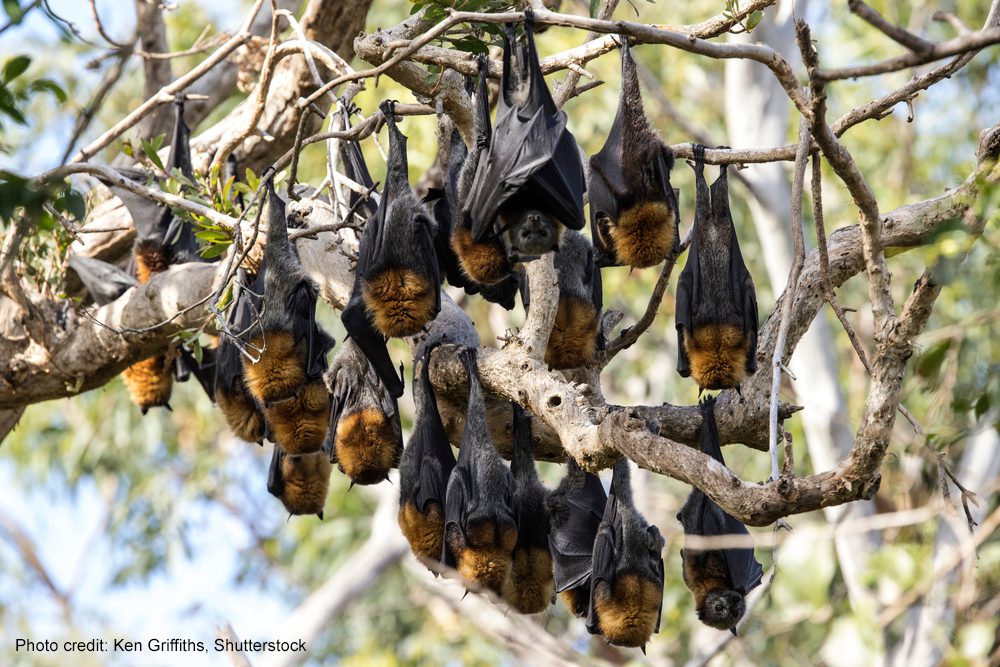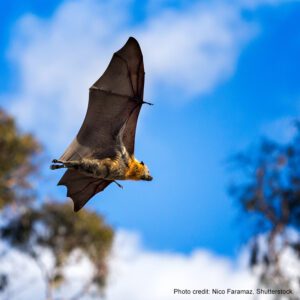
Jun 05, 2023 A Swift Kick in the Pandemics: Identifying Spillover Dynamics
In 1962, Sir Frank Macfarlane Burnet, co-winner of the 1960 Nobel Prize in Medicine, wrote, “One can think of the middle of the twentieth century as the end of one of the most important social revolutions in history, the virtual elimination of the infectious diseases as a significant factor in social life.” However, it is abundantly clear that the declaration of victory over infectious disease was premature as the world emerges from Covid19 pandemic lockdowns and confronts the rise of antibiotic-resistant strains of many existing human pathogens. In 1992, thirty years after Burnet’s optimistic announcement, the U.S. Institute of Medicine published a report on emerging infections that concluded America needed a wake-up call because infectious disease continued to pose a tangible threat to the American way of life.
In the last twenty or so years, the world has had to contend with viral outbreaks of SARS, Ebola, Zika, and Covid19, not to mention the Highly Pathogenic Avian Influenza (HPAI) virus that is currently decimating wild bird and domestic poultry populations worldwide. The economic cost of these diseases is enormous. The HPAI outbreak will result in losses in the billions, while Covid19 has been termed the $16 trillion virus!
It is generally agreed that the current surge of emerging infectious diseases is a complex, multi-factorial phenomenon involving changes in the physical environment, including the development of megacities, the expansion of international travel and commerce, the disruption of global ecosystems, and additional changes in human and animal behavior. However, determining the specific causes of the outbreaks of new diseases is very challenging. In some cases (e.g., Ebola), we still do not know which wildlife species is the primary host of the virus despite extensive efforts to identify the natural reservoir (which is thought to be a bat in the case of Ebola).
 That is why a recent paper in Nature accurately predicting outbreaks of Hendra virus spillovers in Queensland, Australia, is so important. Raina Plowright, a veterinarian and disease ecologist, and her colleagues linked specific Hendra virus spillover events from fruit bats (also termed flying foxes) to horses and then to humans. The spillover events were caused by a confluence of factors, including climate change and human alteration of the natural environment, which exacerbated periods of food shortage (nectar) for the bats. The destruction of natural bat food sources (including flowering Eucalyptus trees) led to the movement of bats into agricultural and urban landscapes to find alternative food sources. The lack of food increased bat nutritional stress and the shedding of the Hendra virus. The movement of bats from native forests into agricultural and urban landscapes in search of food increased the exposure of horses and humans to the Hendra virus.
That is why a recent paper in Nature accurately predicting outbreaks of Hendra virus spillovers in Queensland, Australia, is so important. Raina Plowright, a veterinarian and disease ecologist, and her colleagues linked specific Hendra virus spillover events from fruit bats (also termed flying foxes) to horses and then to humans. The spillover events were caused by a confluence of factors, including climate change and human alteration of the natural environment, which exacerbated periods of food shortage (nectar) for the bats. The destruction of natural bat food sources (including flowering Eucalyptus trees) led to the movement of bats into agricultural and urban landscapes to find alternative food sources. The lack of food increased bat nutritional stress and the shedding of the Hendra virus. The movement of bats from native forests into agricultural and urban landscapes in search of food increased the exposure of horses and humans to the Hendra virus.
Plowright and her colleagues were able to tease apart the complex changes in human and bat behavior and interaction to predict the occurrence of specific Hendra virus spillover events in Queensland. The conclusions depended on earlier research indicating that bat viral shedding varies over time and that shedding increases when the bats are metabolically stressed. When nectar was in short supply, there was a sharp increase in the number of bats admitted to wildlife rehabilitation centers. These increases provided a signal indicating the existence of nutritional stress among the bats.
The Nature paper describing Hendra virus spillover events in Queensland and the factors linked to specific spillovers is an elegant and convincing analysis. It is also one of the few publications providing a detailed description of important connections between ecosystems, wildlife, and human health and the emergence of a new viral disease.


